- Joined
- Oct 22, 2013
- Messages
- 9,766
http://bleacherreport.com/articles/...es-concern-for-baylor-quarterback-bryce-petty
The position most under the watchful eye of fans is quarterback. Because QBs have so much influence on every game they play, it's easy to get to know their names. There are still many franchises in the NFL—Tampa Bay Buccaneers, Tennessee Titans, New York Jets, Houston Texans, Buffalo Bills—that haven't yet solidified who their starting passer is going to be
The consensus top-two quarterbacks in this class are well known:Jameis Winston of Florida State and Marcus Mariota of Oregon. Both Heisman winners and even casual football fans must have dabbled in some of their prime-time games. Due to most fans' exposure to those passers, they've developed an opinion of them and more than likely want them to be the focal point of the future for their squads.
As recently as Tuesday, Tennessee head coach Ken Whisenhunt was throwing out public hypotheticals regarding drafting Mariota with the second overall pick, per Jim Corbett of USA Today:
 Jim Corbett ✔ @ByJimCorbett
Jim Corbett ✔ @ByJimCorbett
Follow
Ken Whisenhunt on Marcus Mariota: "If he comes to us at No. 2, he's definitely going to be the day 1 starter..I'm very impressed by Marcus."
With the first overall pick in the 2015 NFL draft, everyone and their mother is predicting the Buccaneers will select Winston. So, if the top passers are gone by the third overall pick, then what do the other teams do? Who are the Jets, Texans, Bills and the rest of the like going to have on their short lists?
The hottest name in the next tier right now is Bryce Petty from Baylor. Brett Hundley of UCLA was once considered to be on the same career projection as Mariota, but throughout his career in the Pac-12, the two began to separate.
Another player in consideration for being the third quarterback off the board is Garrett Grayson, who ESPN's Mel Kiper stated would be a second-round pick, along with Petty, according to Syracuse.com's Matthew Fairburn.
On paper, the biggest difference between Grayson and Petty is thatGrayson played in an NFL-style offense in a lower conference, the Mountain West, while Petty played in a wide-open Air Raid system in a Power-Five conference. They do have one trait in common, though, and it's not good.
Ben Allbright of Mile High Sports is a radio show host and draft writer who has spent significant time looking at trends in drafting quarterbacks. One note he has brought up is that quarterbacks who enter the draft at an older age typically are more physically maxed out and don't improve much. Both Grayson and Petty will be 24 by the end of May, a month after the draft.
According to Allbright's comprehensive spread sheet, the drafted quarterbacks who were 24 years old or older at the time of the draft since 2008 are Andre Woodson, Tom Brandstater, Tony Pike, Levi Brown, Brandon Weeden, Landry Jones and Tom Savage. It's hard to make the case that over at least the past seven draft classes that there's been a single "hit" at quarterback in relation to older players.
The other trait on paper that doesn't help Petty's case is his throwing velocity. Another staple of Allbright's quarterback theory is that a QB needs to throw a ball over 55 miles per hour during combine testing. Petty measured in at 53 miles per hour in Indianapolis this year. Historically, players passing under 55 miles per hour include BrianBrohm, Chad Henne, Jake Locker and E.J. Manuel.
A comparison to Locker makes sense for the Baylor passer. Locker was once looked at as a first overall selection, but he fell his last year at the University of Washington. Petty was receiving some first-round buzz during his first season as a starter in 2013 but is now being talked about as a Day 2 selection, as noted by Kiper.
They also have very unique builds. Locker was 6'3" and 231 pounds at the combine, while Petty measured in at 6'3" and 230 pounds this February. They both also excelled during athletic testing and were considered better athletes than refined passers at their respective combines. Before every season, Bruce Feldman of Fox Sports writes about "freak" athletes in the college football world. In 2014, Petty wasFeldman's sixth overall freak.
The hulking Petty has linebacker's size (6-3, 238) and a tailback's burst and athleticism. He vertical jumps 38 inches, broad jumps 10-feet, 5.5-inches, squats 510 pounds and runs a 4.62 40. Over the weekend, Petty provided even more proof of his Freak merits to anyone around the Elite 11 camp in Oregon. Part of a series of challenges run by TeamRWB, a group of Special Forces and career military men, Petty was a sight to see toting heavy sandbags up a hill back-and-forth for over a half-hour straight.
When Petty arrived in Waco, he weighed 214 pounds, had a 31-inch vertical and clocked in the high 4.8s. Kazadi said his workout numbers, despite being quite a bit bigger, rival the great RGIII in almost every workout area and some of his weight work. "If you wanted him to go to 250 and make him a defensive end so he was chasing quarterbacks, he could do it," said Kazadi. "If you wanted to make him that old-school, over-the-tight end outside linebacker, he could do it. If you wanted to make him a tight end, he could easily do it. He can do all that."
Is that a good trait to own, though? This may seem like an odd question, as any weapon should be a positive, but when you're thinking of premier athletes who put in work in the gym at quarterback, the names that come to mind are Locker, Brady Quinnand Tim Tebow, all first-round selections who would be considered busts.
Passers such as Robert Griffin III or Michael Vick weren't really the "build in the gym" type of players. They were naturally gifted runners out of college who were able to parlay a good deep ball off of broken plays, giving them extra value. In an Air Raid offense, the same offense in which Griffin was developed, you'd assume Petty would have a quality hit rate in the deep portion of the field if he were considered to be a top passer.
In 2013, Petty's breakout season, I charted every single one of his passes against Big 12 defenses. His deep-ball result was a 52 percent on-target rate on passes that traveled 20 or more yards past the line of scrimmage. Those numbers seem to hold up, according toDetroitLionsDraft.com's Darren Page's 2014 study.
In Page's charting of Petty's final season, he listed a 56 percent on-target rate in the 16-25 yard range and 45 percent on-target rate of over 26 yards. To put that into perspective, Mariota, who is considered to be the consensus second quarterback off the board, threw seven percent more catchable balls, resulting in 5.3 yards more per attempt, than Petty in the intermediate range.
In the deep portion of the field, he also threw seven percent morecatchable passes, which is odd considering Petty was one of two passers who threw more than 12 percent of their throws over 25 yards. Petty and Nick Marshall, who is more than likely going to convert to defensive back, threw 18 and 19 percent of their passes in that range, respectively. Mariota only threw six percent, but he hit at a higher rate than Petty, who's had more repetitions to calibrate those passes.
The NFL's mantra in the passing game is that the you win by eating up yards in the middle of the field. When looking at Mariota's and Petty's splits on outside and middle-of-the-field throws, you get a feel for which one of these "system" passers is going to translate better at the next level.
Mariota was the best thrower of balls outside the hashes in Page's charting, but Petty, at 62 percent, was right behind him. This should be no surprise, as both played in offenses that dictate a lot of quick outside throws based on pre-snap looks.
When throwing between the hashes, though, Mariota threw six percent more catchable balls and it resulted in over five yards more per attempt. The compounding of all this info should scare a team from considering Petty as the third quarterback off the board, a player who would inevitably be handcuffed to the franchise, front office and coaching staff.
On paper, he's more of an athlete than a quarterback—and one who is maxed out based on his age. He's also a system passer without the upside to hit deep, where he's had plenty of practice over the past two years, and really only specializes in short outside throws, something that presents itself less at the NFL level because of the giant split between the talented boundary cornerbacks in the league compared to the Big 12.
There are some who make the argument that the quarterback rankings in this class should go: Winston-Mariota-Petty. Mariota is currently a 21-year-old. When Petty was 21 years old, he was losing a head-to-head battle with Nick Florence, who never saw playing time in the league after his one season as a starter in Waco, Texas.
If Petty does come behind Mariota in these rankings, the distance between the second and third quarterback slots should be extremely emphasized. When looking at this class, it's hard to come up with an answer for the fans of quarterback-needy teams without high draft picks. I'm not sure if there is a third starting-caliber quarterback out of the gate. I am confident, though, that thinking about Petty in that light is a mistake.
The position most under the watchful eye of fans is quarterback. Because QBs have so much influence on every game they play, it's easy to get to know their names. There are still many franchises in the NFL—Tampa Bay Buccaneers, Tennessee Titans, New York Jets, Houston Texans, Buffalo Bills—that haven't yet solidified who their starting passer is going to be
The consensus top-two quarterbacks in this class are well known:Jameis Winston of Florida State and Marcus Mariota of Oregon. Both Heisman winners and even casual football fans must have dabbled in some of their prime-time games. Due to most fans' exposure to those passers, they've developed an opinion of them and more than likely want them to be the focal point of the future for their squads.
As recently as Tuesday, Tennessee head coach Ken Whisenhunt was throwing out public hypotheticals regarding drafting Mariota with the second overall pick, per Jim Corbett of USA Today:
 Jim Corbett ✔ @ByJimCorbett
Jim Corbett ✔ @ByJimCorbettFollow
Ken Whisenhunt on Marcus Mariota: "If he comes to us at No. 2, he's definitely going to be the day 1 starter..I'm very impressed by Marcus."
With the first overall pick in the 2015 NFL draft, everyone and their mother is predicting the Buccaneers will select Winston. So, if the top passers are gone by the third overall pick, then what do the other teams do? Who are the Jets, Texans, Bills and the rest of the like going to have on their short lists?
The hottest name in the next tier right now is Bryce Petty from Baylor. Brett Hundley of UCLA was once considered to be on the same career projection as Mariota, but throughout his career in the Pac-12, the two began to separate.
Another player in consideration for being the third quarterback off the board is Garrett Grayson, who ESPN's Mel Kiper stated would be a second-round pick, along with Petty, according to Syracuse.com's Matthew Fairburn.
On paper, the biggest difference between Grayson and Petty is thatGrayson played in an NFL-style offense in a lower conference, the Mountain West, while Petty played in a wide-open Air Raid system in a Power-Five conference. They do have one trait in common, though, and it's not good.
Ben Allbright of Mile High Sports is a radio show host and draft writer who has spent significant time looking at trends in drafting quarterbacks. One note he has brought up is that quarterbacks who enter the draft at an older age typically are more physically maxed out and don't improve much. Both Grayson and Petty will be 24 by the end of May, a month after the draft.
According to Allbright's comprehensive spread sheet, the drafted quarterbacks who were 24 years old or older at the time of the draft since 2008 are Andre Woodson, Tom Brandstater, Tony Pike, Levi Brown, Brandon Weeden, Landry Jones and Tom Savage. It's hard to make the case that over at least the past seven draft classes that there's been a single "hit" at quarterback in relation to older players.
The other trait on paper that doesn't help Petty's case is his throwing velocity. Another staple of Allbright's quarterback theory is that a QB needs to throw a ball over 55 miles per hour during combine testing. Petty measured in at 53 miles per hour in Indianapolis this year. Historically, players passing under 55 miles per hour include BrianBrohm, Chad Henne, Jake Locker and E.J. Manuel.
A comparison to Locker makes sense for the Baylor passer. Locker was once looked at as a first overall selection, but he fell his last year at the University of Washington. Petty was receiving some first-round buzz during his first season as a starter in 2013 but is now being talked about as a Day 2 selection, as noted by Kiper.
They also have very unique builds. Locker was 6'3" and 231 pounds at the combine, while Petty measured in at 6'3" and 230 pounds this February. They both also excelled during athletic testing and were considered better athletes than refined passers at their respective combines. Before every season, Bruce Feldman of Fox Sports writes about "freak" athletes in the college football world. In 2014, Petty wasFeldman's sixth overall freak.
The hulking Petty has linebacker's size (6-3, 238) and a tailback's burst and athleticism. He vertical jumps 38 inches, broad jumps 10-feet, 5.5-inches, squats 510 pounds and runs a 4.62 40. Over the weekend, Petty provided even more proof of his Freak merits to anyone around the Elite 11 camp in Oregon. Part of a series of challenges run by TeamRWB, a group of Special Forces and career military men, Petty was a sight to see toting heavy sandbags up a hill back-and-forth for over a half-hour straight.
When Petty arrived in Waco, he weighed 214 pounds, had a 31-inch vertical and clocked in the high 4.8s. Kazadi said his workout numbers, despite being quite a bit bigger, rival the great RGIII in almost every workout area and some of his weight work. "If you wanted him to go to 250 and make him a defensive end so he was chasing quarterbacks, he could do it," said Kazadi. "If you wanted to make him that old-school, over-the-tight end outside linebacker, he could do it. If you wanted to make him a tight end, he could easily do it. He can do all that."
Is that a good trait to own, though? This may seem like an odd question, as any weapon should be a positive, but when you're thinking of premier athletes who put in work in the gym at quarterback, the names that come to mind are Locker, Brady Quinnand Tim Tebow, all first-round selections who would be considered busts.
Passers such as Robert Griffin III or Michael Vick weren't really the "build in the gym" type of players. They were naturally gifted runners out of college who were able to parlay a good deep ball off of broken plays, giving them extra value. In an Air Raid offense, the same offense in which Griffin was developed, you'd assume Petty would have a quality hit rate in the deep portion of the field if he were considered to be a top passer.
In 2013, Petty's breakout season, I charted every single one of his passes against Big 12 defenses. His deep-ball result was a 52 percent on-target rate on passes that traveled 20 or more yards past the line of scrimmage. Those numbers seem to hold up, according toDetroitLionsDraft.com's Darren Page's 2014 study.
-
Is Bryce Petty a Better Draft Prospect Than Bridgewater, Manziel and Bortles?
- Is Petty a Better QB Prospect Than Every 2014 Prospect?
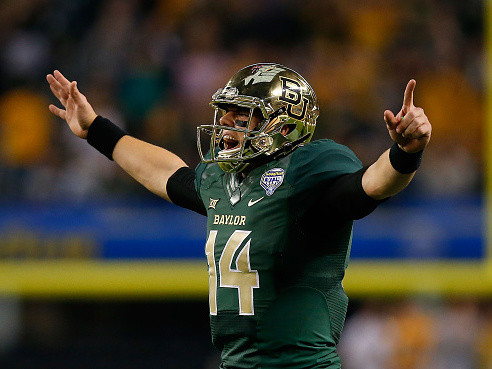
- 'Freak Show' WR Who Could Be Better Than Cooper, White
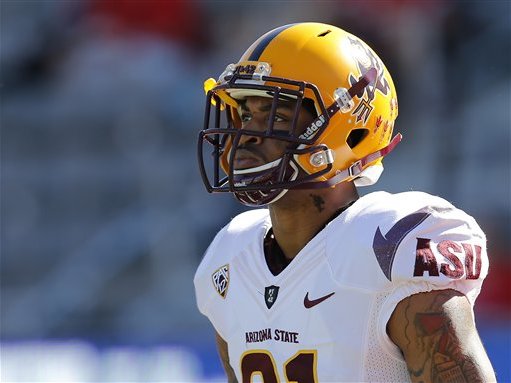
- Hidden Truths About NFL Draft DT Prospects
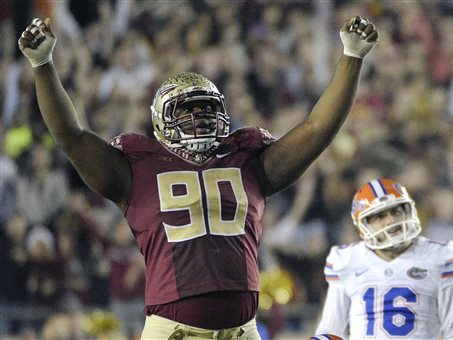
- Buzz: Failed Drug Test Likely to Push Gregory Out of Top 10
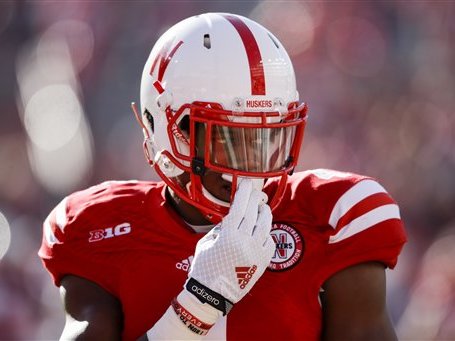
- Buzz: Jameis' Background Check Will Be 'Most Thorough' in History
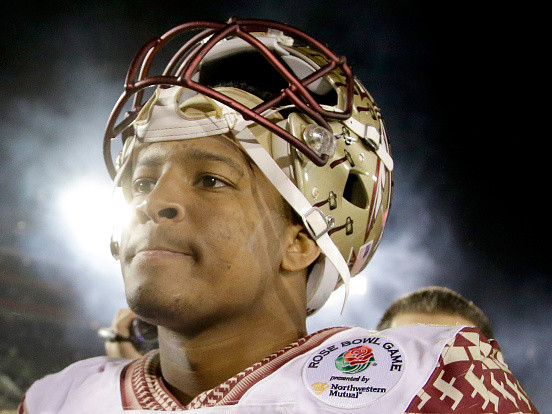
- Do Edge Rushers Have Brightest NFL Futures?
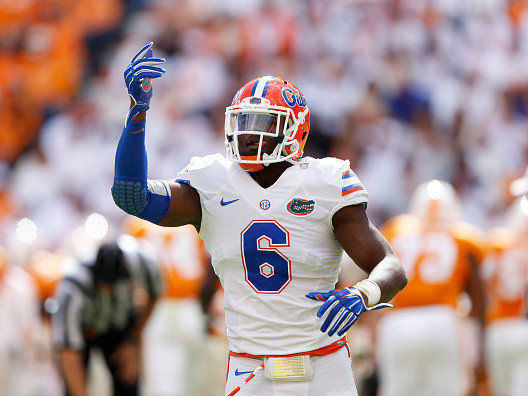
- Buzz: NFL May Have Pressured Jameis to Skip Draft
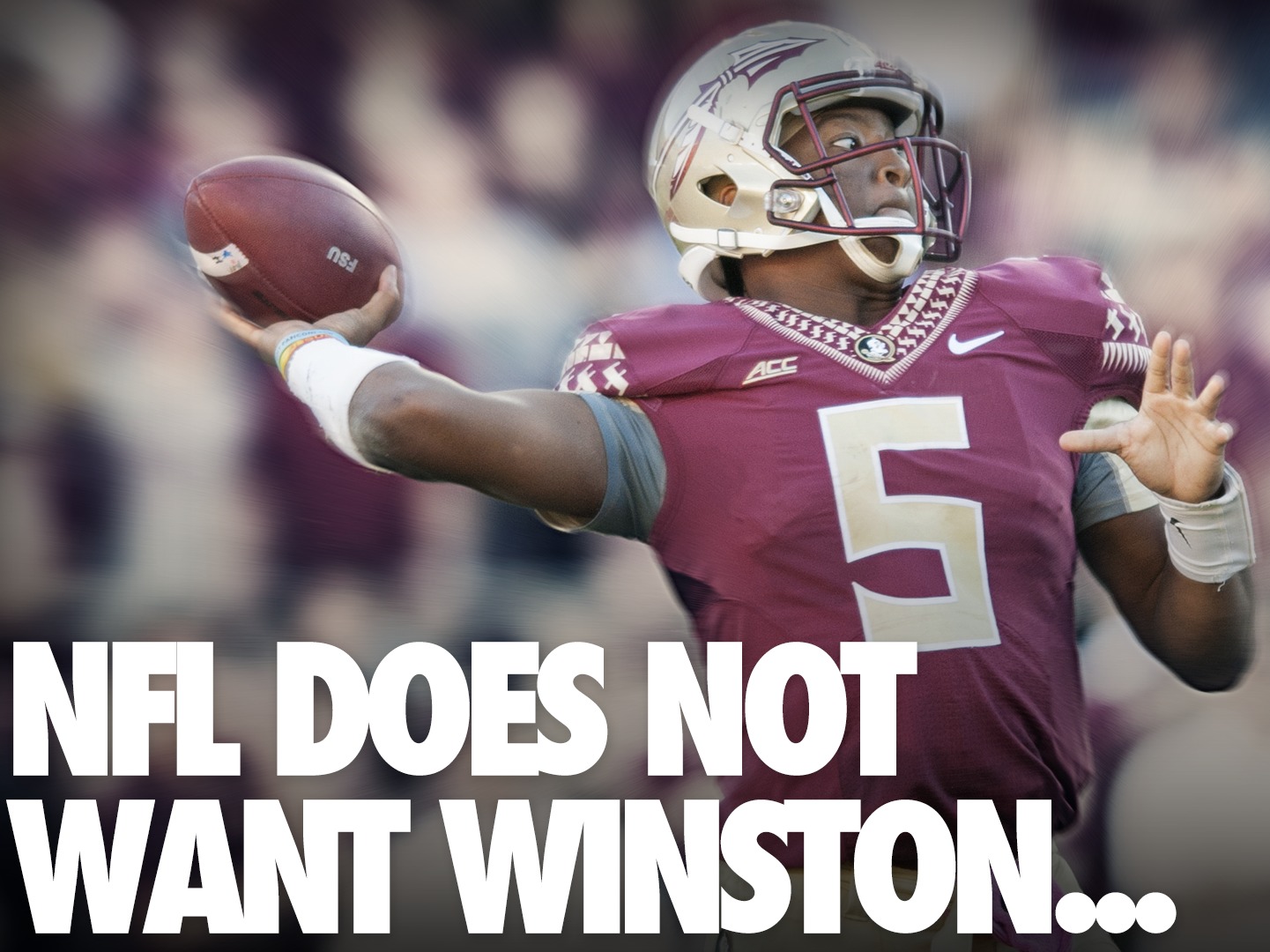
- USC RB Will Be a Steal for Any Team in the 3rd Round
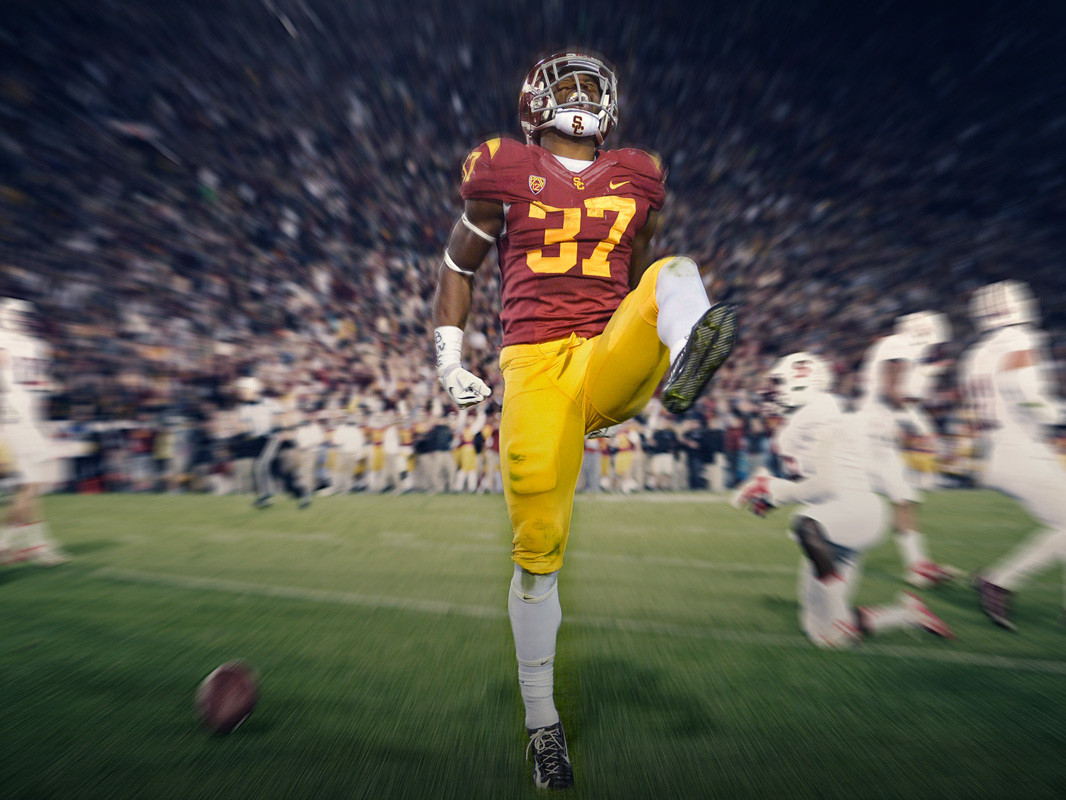
- 'Big-Time' Thrower Could Jump into NFL Draft's 1st Round
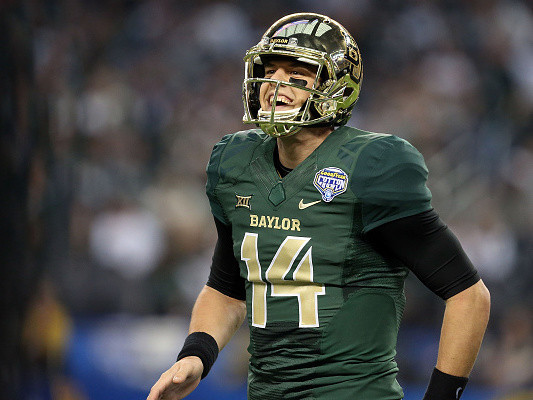
- NFL Draft Stock Watch After College Pro Days
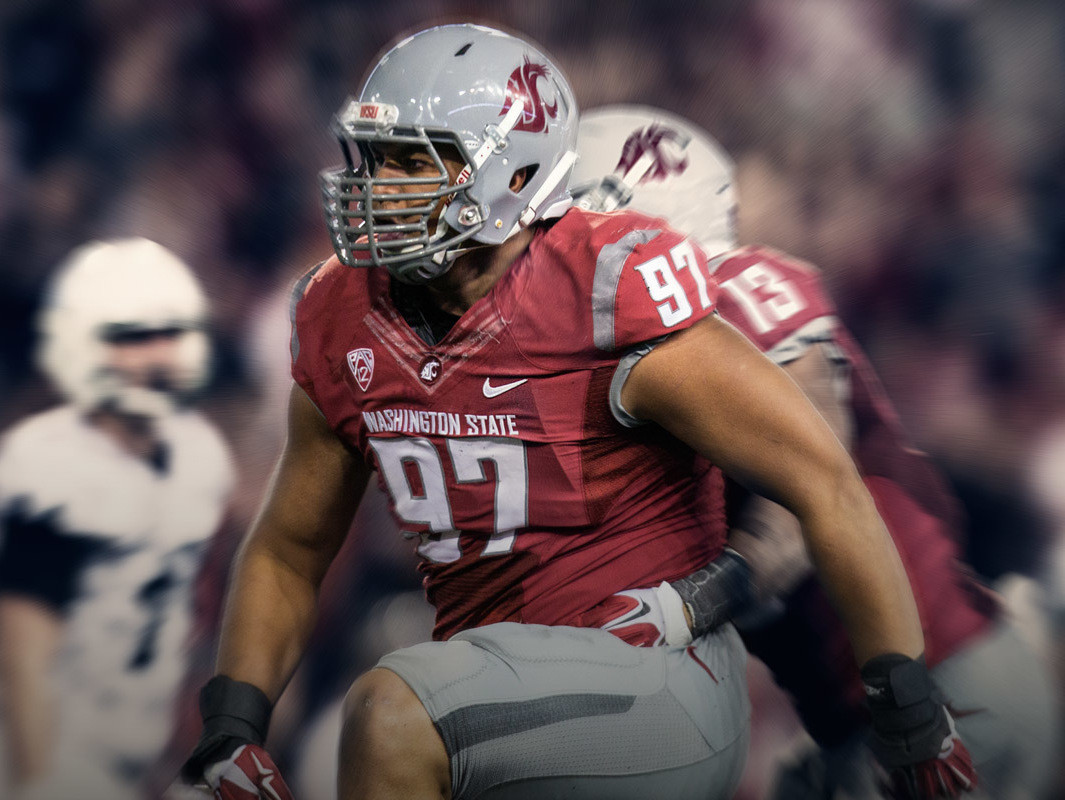
In Page's charting of Petty's final season, he listed a 56 percent on-target rate in the 16-25 yard range and 45 percent on-target rate of over 26 yards. To put that into perspective, Mariota, who is considered to be the consensus second quarterback off the board, threw seven percent more catchable balls, resulting in 5.3 yards more per attempt, than Petty in the intermediate range.
In the deep portion of the field, he also threw seven percent morecatchable passes, which is odd considering Petty was one of two passers who threw more than 12 percent of their throws over 25 yards. Petty and Nick Marshall, who is more than likely going to convert to defensive back, threw 18 and 19 percent of their passes in that range, respectively. Mariota only threw six percent, but he hit at a higher rate than Petty, who's had more repetitions to calibrate those passes.
The NFL's mantra in the passing game is that the you win by eating up yards in the middle of the field. When looking at Mariota's and Petty's splits on outside and middle-of-the-field throws, you get a feel for which one of these "system" passers is going to translate better at the next level.
Mariota was the best thrower of balls outside the hashes in Page's charting, but Petty, at 62 percent, was right behind him. This should be no surprise, as both played in offenses that dictate a lot of quick outside throws based on pre-snap looks.
When throwing between the hashes, though, Mariota threw six percent more catchable balls and it resulted in over five yards more per attempt. The compounding of all this info should scare a team from considering Petty as the third quarterback off the board, a player who would inevitably be handcuffed to the franchise, front office and coaching staff.
- Texans Likely to Re-Sign Ryan Mallett, Target Baylor QB Bryce Petty in Round 2
- Is Petty a Better QB Prospect Than Every 2014 Prospect?

- 'Freak Show' WR Who Could Be Better Than Cooper, White

- Hidden Truths About NFL Draft DT Prospects

- Buzz: Failed Drug Test Likely to Push Gregory Out of Top 10

- Buzz: Jameis' Background Check Will Be 'Most Thorough' in History

- Do Edge Rushers Have Brightest NFL Futures?

- Buzz: NFL May Have Pressured Jameis to Skip Draft

- USC RB Will Be a Steal for Any Team in the 3rd Round

- 'Big-Time' Thrower Could Jump into NFL Draft's 1st Round

- NFL Draft Stock Watch After College Pro Days

On paper, he's more of an athlete than a quarterback—and one who is maxed out based on his age. He's also a system passer without the upside to hit deep, where he's had plenty of practice over the past two years, and really only specializes in short outside throws, something that presents itself less at the NFL level because of the giant split between the talented boundary cornerbacks in the league compared to the Big 12.
There are some who make the argument that the quarterback rankings in this class should go: Winston-Mariota-Petty. Mariota is currently a 21-year-old. When Petty was 21 years old, he was losing a head-to-head battle with Nick Florence, who never saw playing time in the league after his one season as a starter in Waco, Texas.
If Petty does come behind Mariota in these rankings, the distance between the second and third quarterback slots should be extremely emphasized. When looking at this class, it's hard to come up with an answer for the fans of quarterback-needy teams without high draft picks. I'm not sure if there is a third starting-caliber quarterback out of the gate. I am confident, though, that thinking about Petty in that light is a mistake.
